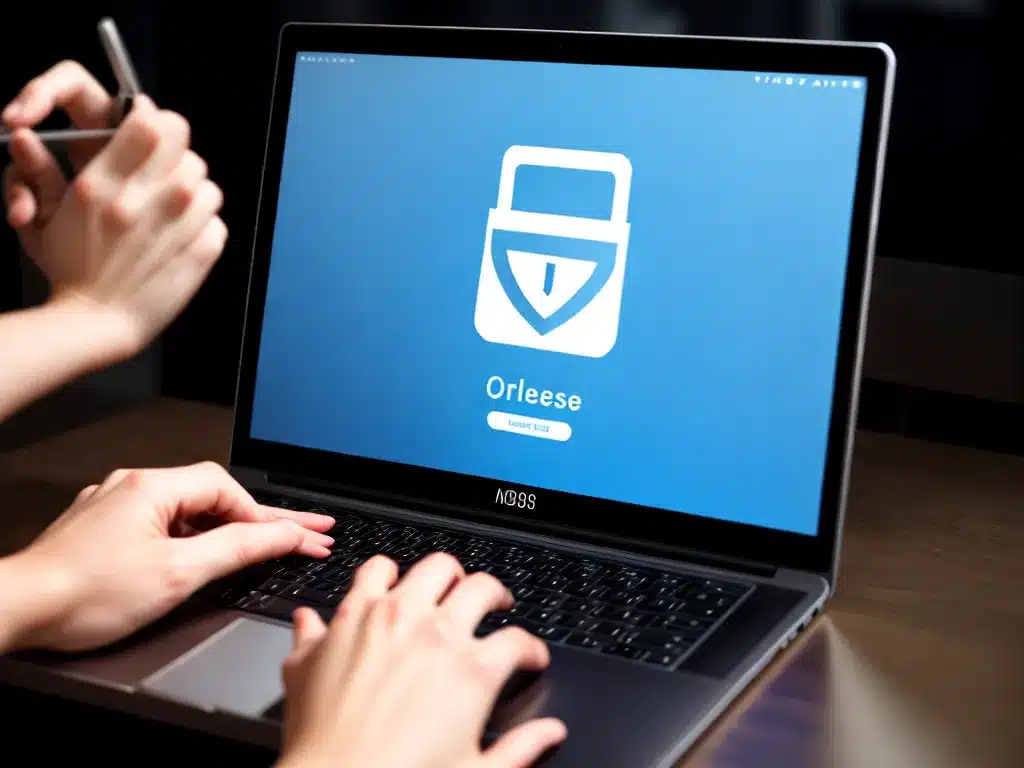
Use Strong Passwords
Passwords are the first line of defense for your online accounts. Using weak passwords makes it easy for cybercriminals to gain access. I recommend creating long, complex passwords that are at least 12 characters and use a combination of uppercase letters, lowercase letters, numbers, and symbols. Avoid using personal information or common dictionary words in passwords.
To keep track of many passwords, I suggest using a password manager like LastPass or 1Password. These tools generate and store strong, unique passwords for each account. Just remember the master password for the manager itself. Enable two-factor authentication wherever possible for an extra layer of security.
I also advise changing passwords frequently, at least every 90 days. Never reuse the same password across multiple sites.
Keep Software Updated
Outdated browsers and apps contain vulnerabilities that hackers can exploit. Set your devices and software to auto-update whenever new security patches are released. This ensures you are running the most secure version.
On Windows, enable Windows Update. On your iPhone or iPad, enable automatic app updates and install iOS updates when prompted. Keep apps like Adobe Flash Player, Java, PDF readers, and media players updated.
I recommend uninstalling programs you no longer use, as old software is more likely to have unpatched flaws.
Use a Secure Browser
Your choice of web browser impacts your online security. I recommend using an open-source browser like Firefox or Chrome for the best security. Both browsers automatically update frequently to patch vulnerabilities.
Make sure to configure the browser’s security settings for optimal safety. Enable the firewall, anti-phishing protection, and pop-up blockers. Disable Flash Player as it is commonly exploited. Avoid using obscure or outdated browsers that are rarely updated.
Browse the Web Securely
Practice safe browsing habits to avoid malware infections or data theft. Never visit websites that seem suspicious or enter sensitive information into forms on unsecured sites.
I advise being cautious when clicking links in emails, chats, or downloads. These could lead to phishing sites. Use an ad blocker to prevent malicious ads. I recommend using a VPN when accessing public Wi-Fi hotspots to encrypt your web traffic.
Check site URLs carefully to avoid spoofed websites. Log out fully after using sites rather than just closing the tab. Clear browsing history, cookies, and cache periodically.
Use Antivirus and Firewall Software
Antivirus software provides real-time protection by scanning files, apps, and network traffic for malware. Top antivirus programs include Bitdefender, Kaspersky, and Norton Security. Run regular antivirus scans to detect and remove any malware.
Enable your device’s firewall to monitor incoming and outgoing connections. This blocks unauthorized access and stops malware from communicating with remote servers. Configure the firewall to allow connections only from trusted programs.
Avoid Phishing Attempts
Cybercriminals use phishing emails or fake websites to steal login credentials or financial information. Avoid entering sensitive data unless you are certain a site is legitimate.
Carefully inspect email addresses, URLs, and site certificates to spot fakes. Known companies generally won’t ask for sensitive information over email. You can report phishing attempts to the company impersonated.
Enable multi-factor authentication on important accounts for protection even if your password does get phished. Generate app-specific passwords instead of reusing the same password everywhere.
Monitor Financial Accounts Regularly
Routinely check bank, credit card, and other financial statements for any suspicious charges or activity. This allows you to catch fraudulent transactions early and report them.
Enable text or email alerts from your financial institutions to be notified of transactions in real time. Use your credit report to watch for signs of identity theft like new accounts opened in your name.
Consider freezing your credit files to block thieves from opening new accounts. Always report fraud to the institution affected and proper authorities.
Conclusion
Staying secure online requires using strong, unique passwords, keeping devices and software updated, browsing cautiously, avoiding phishing, and monitoring accounts. A combination of password managers, antivirus tools, VPNs, multi-factor authentication, and safe habits can harden your security. But cyber threats are always evolving, so continued vigilance is necessary to protect your data and privacy.












